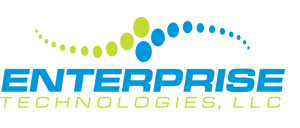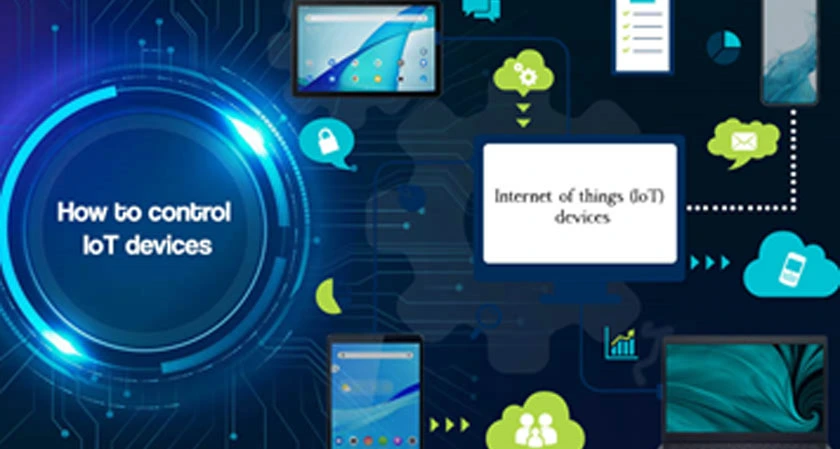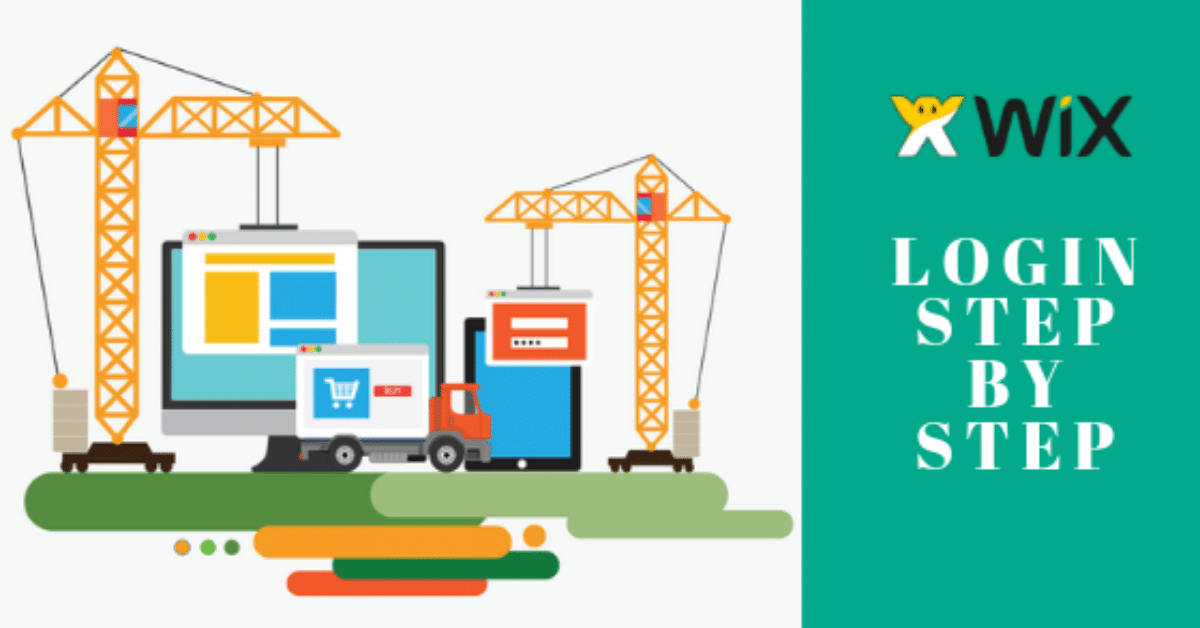What are Enterprise Technologies: 5 Best Tech Services

What are enterprise technologies?
Enterprise technology involves the hardware, software, and tools that businesses employ for their daily operations. It is essential for supporting activities, streamlining processes, consolidating information, and establishing a solid foundation for strategic growth. By implementing appropriate enterprise technology, organizations can effectively leverage data sources to achieve their objectives more efficiently and smoothly.
- Enterprise technology is crucial for optimizing operations and maximizing potential in modern businesses.
- It comprises four components and requires the expertise of an Enterprise Information Technology (EIT) team.
- Benefits include increased efficiency, reduced costs, and improved productivity.
- Implementing enterprise technology poses challenges such as cyber security and data risks.
- Knowledge management and training are also important considerations when adopting enterprise technology.

Technology is vital for business progress, and enterprise technologies play a crucial role in achieving improved performance in a dynamic market. With the right tools, EITs can drive growth and creativity instead of being seen as cost centers. Technology enhances operational efficiency, aids goal comprehension, and enables adaptability. Data analysis and collection are key for business intelligence, enabling organizations to anticipate prospects. Advanced technology usage, combined with strategic plans and tactics, can further enhance business prosperity.
Main Types of Enterprise Technologies
Enterprise technologies encompass various software, hardware, and systems to address business needs. The software includes CRM platforms for managing customer relationships and ERP solutions for business operations like production planning and supply chain processes. Hardware, such as computers and networking equipment, provides the necessary infrastructure and secure data communications. Tailored systems may be required to meet specific company needs.
- Content Management Systems (CMS)
- Customer Relationship Management (CRM)
- Enterprise Resource Planning (ERP)
- Artificial Intelligence (Ai)
- Cloud Computing
- Network Security
- Security Monitoring Systems
Benefits of implementing enterprise technologies?
Enterprise technology offers significant benefits to businesses, including improved efficiency, cost reduction, and enhanced productivity. In the following paragraphs, we will explore these advantages and discuss how the implementation of enterprise technology has the potential to transform any organization. Throughout this discussion on enhancing business processes with enterprise solutions, keywords such as ‘enterprise,’ ‘technology,’ and ‘organization’ will remain central.
- Enterprise technology facilitates business efficiency by automating workflows, optimizing processes, and improving communication.
- It reduces costs significantly and promotes accuracy in operations.
- By reducing the time spent on manual tasks, it allows resources to be utilized more effectively in achieving critical objectives.
- It can decrease costs by outsourcing maintenance tasks and transitioning to a cloud-based system.
- Cloud-based solutions eliminate the need for physical hardware, resulting in reduced IT expenditures.
- They offer cost savings in terms of maintainability and provide scalability options for businesses.
- It can significantly improve productivity through workflow automation, better communication, and remote work efficiency.
- Automation reduces manual labor and minimizes errors to optimize processes efficiently.
- Enterprise-level tech solutions enable faster collaboration among teams and improved customer service through enhanced data access, enabling better decision-making.
- IT infrastructure tools at an enterprise level provide secure access to essential applications, allowing workers the convenience and capability to perform tasks remotely or collaborate with offsite colleagues.
Enterprise technology solutions
Enterprise technologies solutions refer to a wide range of software, hardware, and services designed to meet the specific needs of organizations. These solutions are tailored to enhance efficiency, productivity, and effectiveness across various business functions.
Some common examples of enterprise technology solutions include:
1. Enterprise Resource Planning (ERP) systems: those that integrate and manage core business processes such as finance, human resources, supply chain, and customer relationship management.
2. Customer Relationship Management (CRM) systems are tools that enable organizations to manage and analyze customer interactions, sales pipelines, and marketing campaigns to enhance customer satisfaction and drive revenue growth.
3. Business Intelligence (BI) and Analytics: Solutions that collect, analyze, and visualize data to provide actionable insights for informed decision-making, performance monitoring, and forecasting.
4. Collaboration and communication tools: software platforms that facilitate efficient teamwork, document sharing, virtual meetings, and communication across departments and geographically dispersed teams.
5. Cloud computing: services that provide on-demand access to computing resources, storage, and applications over the internet, enabling organizations to scale infrastructure, enhance data security, and reduce IT costs.
6. Cybersecurity Solutions: Technologies and practices implemented to protect digital assets, networks, and sensitive information from unauthorized access, breaches, and cyber threats.
7. Data Management and Integration: Tools and platforms that facilitate the collection, storage, integration, and governance of data across disparate sources and systems to ensure data quality, accessibility, and consistency.
8. Enterprise Content Management (ECM): Systems that help organizations capture, store, manage, and distribute digital content, documents, and records efficiently and securely.
9. Mobile Applications and Device Management: Solutions for developing, deploying, and managing mobile applications and devices within an organization, enabling employees to access critical information and perform tasks from anywhere.
10. Robotic Process Automation (RPA): software robots that automate repetitive and rule-based tasks, freeing up human resources for more strategic and value-added activities.
Implementing Enterprise Technologies: Best Practices
Adopting enterprise technology can be complex, but with the right approach, companies can reap significant benefits. Practical guidance for successful adoption includes evaluating and selecting software solutions, creating an implementation plan, and designing a future state that aligns with business goals.
1. Software Evaluation and Selection
When selecting enterprise technology software, organizations should evaluate factors such as functional fit, industry expertise, cost-effectiveness, vendor reliability, and usability. Assessing user experience, compatibility with existing systems, scalability, security, ease of use, total cost of ownership, and return on investment (ROI) is crucial. Considering the solution’s ability to meet specific requirements and the vendor’s industry background ensures tailored success in the sector.
2. Implementation Planning and Strategy
In the realm of enterprise technology, establishing an API ecosystem is essential for connecting microservices and adapting to evolving technologies or changes in product offerings or business models. This entails strategic planning, development, testing, and launch, followed by post-launch activities. Proper training of employees is crucial to ensure swift adoption, with benchmarks like adoption rate and ease of use serving as metrics to evaluate organizational commitment to integrating the technology into existing processes.
3. Designing the Future State
In designing and deploying enterprise technology, it is crucial to choose software that seamlessly integrates with existing business procedures. Creating the program based on initial planning outlines is essential for successful implementation. User acceptance testing and integration checks against a ‘go/no-go’ checklist are vital to ensure smooth operation and prevent disruptions upon going live. These measures ensure the fulfillment of requirements for both technological solutions and established processes within businesses.
Enterprise technology integration
Enterprise technology integration refers to the process of combining various software, hardware, and systems within an organization to ensure seamless communication, data sharing, and interoperability. It involves integrating different applications, databases, networks, and platforms to create a unified and efficient technological infrastructure. This integration enables organizations to streamline their operations, improve productivity, enhance collaboration, and make better-informed decisions based on interconnected data and systems.
Top enterprise technologies trends
With the growing significance of automation, cloud computing, and other enterprise technology trends, CIOs and their teams must carefully evaluate these trends for organizational success.
1. AI use continues to grow
Tech leaders recognize that AI has the potential to go beyond providing insights and enable real-time data-driven actions, leading to increased productivity and revenue growth. This becomes particularly crucial as organizations navigate economic challenges like potential recessions, rising interest rates, and escalating labor expenses.
2. Generative AI hype goes into overdrive
Suma Nallapati, the CIO of Insight Enterprises Inc., a global IT services provider, stated that the transition from machine learning to deep learning and now generative AI may seem like a significant leap, but it has been a natural progression occurring over several years.
3. Multi-cloud strategies gain velocity
Many enterprise technology companies are currently in the process of migrating legacy systems from on-premises data centers to the cloud, which involves modernizing applications, IT architecture, and infrastructure. CIOs are increasingly focusing on maturing their cloud operations and adopting a multi-cloud strategy to optimize performance and mitigate risks associated with relying on a single cloud provider.
4. Cybersecurity becomes a team sport
According to PwC’s third quarter 2022 Pulse survey, 78% of executives consider cyber attacks to be either a serious or moderate risk. As a result, 49% of organizations are increasing their investments in cybersecurity and privacy. This heightened awareness of cybersecurity risks has made it a critical focus for CIOs, who collaborate with Chief Information Security Officers (CISOs) to strengthen capabilities in detecting, preventing, and responding to cyber threats.
5. Advanced automation efforts grow
CIOs are actively seeking to enhance their automation strategies. They are transitioning from implementing robotic process automation (RPA) on a case-by-case basis to embracing hyper-automation. Additionally, they are adopting intelligent automation to expand and scale their existing automation capabilities. This shift signifies a more comprehensive and advanced approach to automation within organizations.
6. RegTech market grows
CIOs and other C-suite executives are increasingly showing interest in RegTech, which focuses on leveraging technology to enhance regulatory compliance management. According to a report by MarketsandMarkets, the RegTech market was valued at $7.6 billion in 2021. The report also predicts that the market will reach $19.5 billion by 2026, with a compound annual growth rate of 20.8% during those five years. This indicates the significant growth and potential of RegTech solutions in the coming years.
Challenges and Considerations in Enterprise Technologies Adoption
Adopting enterprise technologies can present various challenges and require careful consideration. Some common challenges and considerations in enterprise technology adoption include:
Compatibility:
Ensuring that new technologies are compatible with existing systems and infrastructure can be a significant challenge. Integration issues may arise, requiring additional resources and technical expertise to address.
Scalability:
Organizations need to consider the scalability of the adopted technologies. Will they be able to handle increased workload and accommodate future growth? Scalability is crucial to avoid disruption and costly upgrades down the line.
Security:
Adopting new technologies may introduce security vulnerabilities. Organizations must carefully assess and address potential risks to safeguard sensitive data and protect against cyber threats.
Change management:
Implementing new technologies often requires changes in workflows, processes, and employee roles. Proper change management strategies, including training and communication, are essential to ensure smooth adoption and minimize resistance or productivity disruptions.
Cost:
Enterprise technologies can involve significant upfront and ongoing costs, including licensing fees, hardware upgrades, training, and maintenance. Organizations must carefully evaluate the return on investment and long-term cost implications.
Vendor selection:
Choosing the right technology vendor is critical. Factors to consider include vendor reputation, reliability, support services, and their ability to meet specific business needs.
User adoption:
User acceptance and adoption of new technologies are crucial for successful implementation. Providing adequate training, support, and addressing user concerns can help drive adoption and maximize the benefits of enterprise technologies.
Data management:
Adopting new technologies often results in an influx of data. Organizations must have robust data management strategies in place to ensure data quality, integrity, and compliance with relevant regulations.
Interoperability:
In complex IT environments, ensuring interoperability between different systems and applications is essential. Compatibility and seamless data exchange between platforms can enhance efficiency and enable effective information sharing.
Business alignment:
Organizations should carefully align the adoption of enterprise technologies with their overall business strategy and objectives. It is essential to assess how technologies will support business goals, improve processes, and deliver value to stakeholders.
FAQs
How has the free enterprise system contributed to technological innovation?

The free enterprise system, also known as capitalism, has played a significant role in driving technological innovation. Here are some ways in which the free enterprise system has contributed to technological advancement:
1. Competition and Incentives:
In a free enterprise system, businesses operate in a competitive environment where they strive to attract customers and outperform their rivals. This competition drives companies to innovate and develop new technologies to gain a competitive edge. The prospect of earning profits and gaining market share provides strong incentives for businesses to invest in research and development, leading to technological advancements.
2. Entrepreneurship and Innovation:
The free enterprise system encourages entrepreneurship, allowing individuals to start their own businesses and pursue innovative ideas. Entrepreneurs are motivated to develop new technologies and bring them to market, as they have the freedom to take risks and reap the rewards of their innovations. This fosters a culture of creativity and drives technological progress.
3. Access to Capital:
In a free enterprise system, businesses have access to capital through various sources such as venture capital, loans, and public offerings. This access to funding enables companies to invest in research, development, and the commercialization of new technologies. The availability of capital facilitates the growth of innovative ventures and fuels technological advancements.
4. Market Demand and Consumer Choice:
In a free enterprise system, consumer demand drives the market. Businesses must respond to consumer needs and preferences, which creates a feedback loop for innovation. Technological advancements are often driven by the desire to meet consumer demands for improved products, services, and experiences. Businesses that fail to innovate may struggle to survive in a competitive market.
5. Intellectual Property Rights:
The free enterprise system recognizes and protects intellectual property rights, such as patents and copyrights. These legal protections incentivize inventors and innovators to invest time, resources, and effort into developing new technologies. By providing exclusive rights to their inventions, individuals and companies can profit from their innovations, which further encourages technological advancement.
What is an enterprise technology platform?
Enterprise technology platforms are essential for organizations as they offer a range of tools and services to meet diverse business requirements. These platforms encompass cloud computing, storage, networking, analytics, and AI and machine learning capabilities, which are vital in the current tech landscape. They provide comprehensive solutions that include application development and deployment tools, as well as security and compliance measures. This enables enterprises to leverage these platforms according to their specific needs, maximizing their chances of achieving success.
1. Nelson Enterprise Technology Services
NETS has always prioritized customer satisfaction, which has contributed to their continuous growth. They remain committed to meeting their clients’ requirements. Furthermore, NETS guarantees compliance with Section 508, an amendment to the Rehabilitation Act of 1973, in every government solution they offer.
Suite 140
Sterling, VA 20166
info@nets-us.com
877-504-6387 (NETS)
email: customerservice@asu.edu
Address: Arizona State University, 1151 S Forest Ave
Tempe, AZ 85281
ASU’s focus is on delivering solutions that enhance and promote a positive experience for their community. They offer expertise and recommendations to enhance the quality of ASU’s internal application products. Whether you have IT-related inquiries or need assistance with financial aid, they are here to provide you with answers. The Learning Experience (LX) team offers faculty workshops, consultations, and resources aimed at facilitating teaching and learning through the use of technology.
3. Global enterprise technology
Waltham, Massachusetts, United States
Phone Number: +1 781- 890-6700
GET Group NA is a prominent supplier of advanced and secure solutions that improve operations related to Identity, Credential, and Access Management (ICAM). They collaborate with partners as a state-of-the-art systems integrator to develop and produce secure ID solutions. These solutions empower government agencies, motor vehicle departments, municipalities, and law enforcement organizations to adopt cutting-edge access control technologies. GET Group NA offers a range of personalized products, including ID cards, driver’s licenses, and passports, with sophisticated features that prevent identity fraud and meet the diverse requirements of their customers.

Read more:
- What is Digital Transformation in the Banking Industry
- How to Build an Effective Financial Transformation Roadmap
- Digital Transformation in Business: Trend| Future| Benefits
- What is E-commerce Business Intelligence: Tools for BI
- What is Business Process Transformation?
- Business Planning Process and Types of Business Strategy
- Types of Business Organizations | Private Limited Companies
- Digital Marketing Budget Allocation | Effective Allocation Strategies
- Best Financial Digital Transformation Services: Trend | Future
- Boost Your Sales with Digital Shelf Optimization
- Everything You Need to Grow Your SaaS Business
- What should be the Format of a Business Plan| 8 Top Factors
- What is AOP Finance Meaning: Acronym Business
Georgia enterprise technology services, enterprise technology solutions, what is enterprise technology, how does the free enterprise system contribute to technological innovations, What is enterprise technology services, what are enterprise technologies





